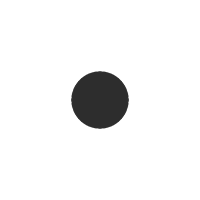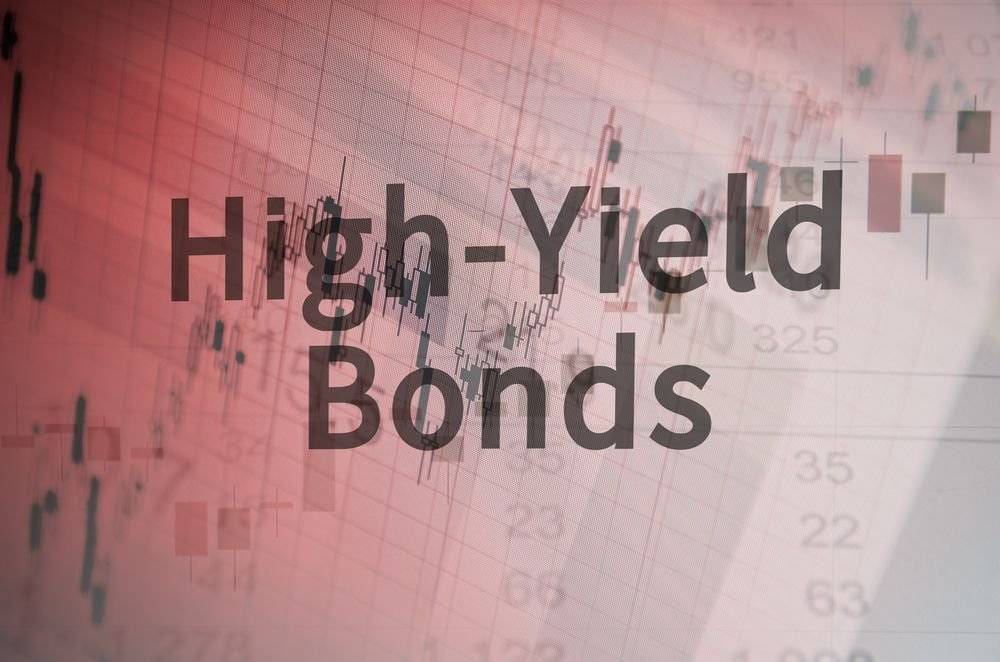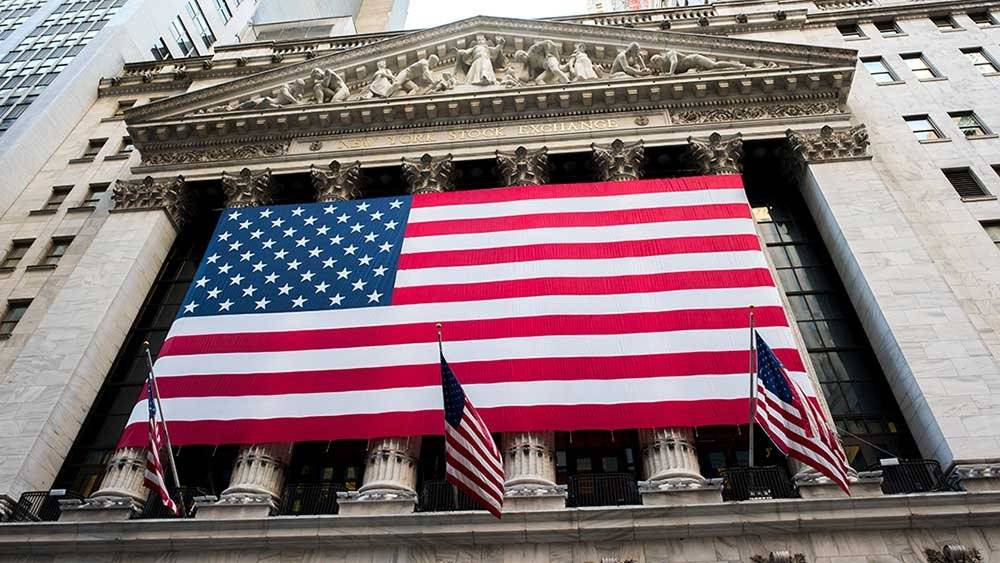Japan’s benchmark bond yield reaches a decade-high on rate hike bets.
Japan’s benchmark government bond yield rose to its highest level since 2013, on expectations that the central bank will boost interest rates further to help the ailing yen.
The 10-year government debt yield increased by 2.5 basis points to reach 0.975% on Monday, reaching a level that was last seen when Haruhiko Kuroda, the newly appointed Governor of the Bank of Japan, began implementing his radical monetary easing measures.
Under the leadership of Kazuo Ueda, Kuroda’s successor, the yield is gradually approaching the significant 1% threshold. This comes as officials from the Bank of Japan indicate their readiness to raise borrowing costs if workers receive higher.
Expectations are growing that Japanese long-term investors will allocate a larger portion of their assets to domestic debt rather than the US and European markets, as yields on debt with maturities of 20 to 30 years have likewise reached decade highs.
According to Naoya Hasegawa, chief bond strategist at Okasan Securities Co. in Tokyo, “the 10-year yield has risen gradually on the back of view that the BOJ will lift interest rates sooner and cut bond-purchase amounts at its operations.” Hasegawa predicts further selling pressure at the long end of the yield curve, although there might be some additional buying activity for this maturity near the 1% mark.
Investors are scouring policymaker comments and statistics for hints regarding the BOJ’s next moves. According to Pacific Investment Management Co., there may be three further adjustments this year. Ales Koutny, head of international rates at Vanguard Group Inc., predicts increases of around 0.75% by the end of the year.
Unlike Pimco and Vanguard, AllianceBernstein Holding LP believes the BOJ will prioritize decreasing its huge balance sheet over rising interest rates.
This is crucial for the currency market since the yen has fallen to a 34-year low against the dollar due to the widening yield disparity between Japan and the rest of the world. Despite recent increases, Japan’s 10-year yield remains approximately 3.4 percentage points higher than the US benchmark.
As of 3:32 p.m. in Tokyo, the yen was down 0.1% against the dollar, trading at 155.74.
Earlier this month, Ueda informed Prime Minister Fumio Kishida that he was monitoring how the currency was affected
See also: Western Asset Betting, BOJ Policy Shift to Boost Ultra-Long Bonds
“Touching 1%, or even exceeding 1%, is a matter of time unless US data is weak and US interest rates fall quickly,” said Shoki Omori, chief desk strategist at Mizuho Securities Co. in Tokyo.
Since April 2022, Japan’s inflation has consistently exceeded the central bank’s 2% objective. On Monday, an auction of 10-year inflation-indexed bonds achieved the highest bid-to-cover ratio since August 2007.
Meanwhile, the market for overnight indexed swaps is pricing in a 57% possibility that the BOJ would raise interest rates by July, up from approximately 50% at the beginning of May.
Goldman Sachs Group Inc. strategists now estimate Japan’s 10-year sovereign yield to rise to 2% by the end of 2026, citing predictions that the central bank will implement a “prolonged” tightening cycle. George Cole and Bill Zu predict the BOJ will hike interest rates to 1.25%-1.50% by 2027, according to a note dated Friday.
“We think this rise in nominal yields will be led by rising inflation expectations and real rates will be relatively contained,” they stated. nevertheless, “real rates in Japan are unlikely to fall from current levels given the likelihood of hikes in response to higher inflationary pressure from here.”
Read More:
Gamestop Shares Retreat on Preliminary First Quarter Results
The 84-year-old man who saved Nvidia
Source
Bloomberg

Zach Cooper is an experienced Crypto & Financial news journalist, having written for Moneycheck.com, The wall street, Computing.net and is Editor in Chief at wallstreetsights.com






